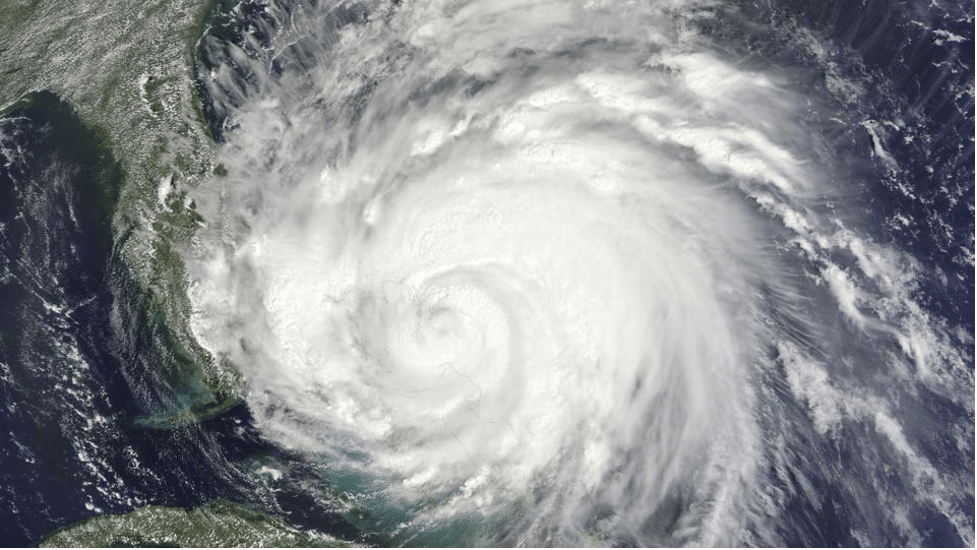Have you ever wondered if hurricanes are getting stronger and more destructive? Or does it just seem that way? The best climate science tells us that these tropical storms – hurricanes in the Atlantic, typhoons in the Pacific, or cyclones in the Indian Ocean – are getting more intense and causing more damage. Why? Our changing climate is the reason. David Hastings, a marine geochemist and chemical oceanographer, explains that warm surface oceans, over 82 F, fuels a hurricane. As global temperatures increase, the surface of the ocean also gets warmer, which fuels the intensity of these storms.
You’ve probably heard about this topic in the news lately, and for a good reason. Here’s how it all unfolds. Warm water is a key ingredient that feeds hurricanes. As the ocean warms up a bit more, the energy firing up hurricanes will increase. That way, the storms form and intensify more rapidly. What’s more, they can maintain their insane strength for longer.
According to David, it’s not just the ocean behaving differently amidst climate change. As the atmosphere warms, it holds increased moisture, leading to heavier rainfall during hurricanes. That’s why many countries are increasingly experiencing devastating flooding. Hurricanes Harvey and Florence are products of this phenomenon.
But here’s the thing – it’s possible to do something about it. By taking collective action to reduce greenhouse gas emissions, the pace of climate change will slow.
What are the threats posed by stronger hurricanes?
Hurricanes are incredibly dangerous. These natural disasters are no joke, as they can cause some severe damage. They bring heavy rain, strong winds, and storm surges, flooding coastal areas. It’s common for these storms to cause billions of dollars in damages and claim countless lives. That’s why it’s essential to stay prepared. It’d be best to have an evacuation plan in an emergency.
Hastings says hurricanes provide a stark reminder of how powerful mother nature can be. While controlling when or where they will strike is impossible, taking protective steps can minimize their impact.
The effects of mid-latitudes warming
Did you know that mid-latitude warming might mess with how tropical storms behave? As crazy as this may sound, scientists have been probing this phenomenon, and what they discovered is fascinating.
Now that mid-latitudes are warming, the jet stream has a significant shift. What this change does is impact the formation and movement of tropical storms. So, areas that were once safe from these storms are now at risk. Meanwhile, hotspots where storms used to hit hard, may be safe.
But what does this warming up and jet stream shift mean for everyone? This dynamic means there’s a strong need to start taking climate change seriously; otherwise, the strengthening of hurricanes continues unabated. So, Hastings says sitting back and hoping for the best won’t help. He reiterated that the warming of mid-latitudes is no joke. It’s affecting more than just the weather.
Building resilience
The thought of stronger and more destructive hurricanes is scary. So, before the next one hits, think about building resilience. An emergency plan lets you know where to go if evacuation is necessary. Also, stockpile non-perishable food and water, and keep important documents within easy reach. The last thing you want is to wait until the last minute. With hurricanes, things get chaotic fast.
About David Hastings
After graduating from Princeton University and the University of Washington, David ventured into marine geochemistry and chemical oceanography. He boasts extensive knowledge of past climate change.

